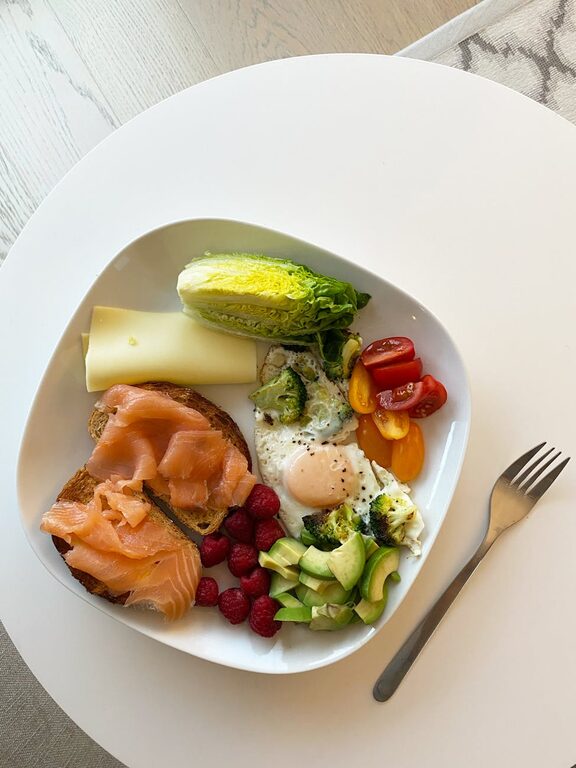
Planning balanced meals doesn’t have to be complicated or overwhelming. Whether you’re a busy professional, a parent juggling multiple demands, or someone just looking to eat healthier, organizing your meals in a calm and simple way can make a huge difference in your daily routine and overall well-being. In this post, we’ll explore practical tips and straightforward strategies to help you plan balanced meals without stress.
What Is a Balanced Meal?
Before diving into the planning process, it’s helpful to understand what a balanced meal includes. A balanced meal typically contains:
– Protein: Supports muscle repair and keeps you full. Examples: chicken, beans, tofu, fish.
– Carbohydrates: Your body’s main energy source. Choose whole grains like brown rice, quinoa, and whole wheat bread.
– Vegetables and Fruits: Provide vitamins, minerals, and fiber.
– Healthy Fats: Important for brain health and cell function. Sources include nuts, seeds, avocados, and olive oil.
– Hydration: Don’t forget water or other healthy fluids throughout the day.
With this in mind, the goal is to include a variety of these components in each meal without adding pressure.
Step 1: Start Simple with a Meal Template
Using a basic template can take the guesswork out of meal planning:
– ½ plate of vegetables or salad
– ¼ plate of lean protein
– ¼ plate of whole grains or starchy vegetables
– A small portion of healthy fats
This visual guide helps you create balanced meals quickly and reduces decision fatigue.
Step 2: Plan Ahead Using a Weekly Outline
Taking 10–15 minutes once a week to plan meals can save you time and stress later. Here’s a simple approach:
- **Check your schedule.** Note busy days when you need quick meals or leftovers.
- **List your favorite balanced meals.** Keep a running list for inspiration.
- **Choose easy recipes.** Prioritize meals with few ingredients or quick prep time.
- **Plan for variety.** Incorporate different proteins, grains, and vegetables throughout the week.
- **Make a shopping list.** Organize it by store sections to speed up grocery trips.
Step 3: Batch Cooking and Meal Prep
Batch cooking is a powerful technique to reduce cooking time during the week:
– Prepare large portions of grains, proteins, and roasted vegetables.
– Store them in the fridge or freezer in ready-to-use containers.
– Mix and match components to create new meals quickly.
For example, roast a tray of mixed vegetables and grill chicken breasts on Sunday. Use these ingredients for salads, wraps, or rice bowls on different days.
Step 4: Keep Healthy Staples on Hand
Stocking your pantry and fridge with versatile, nutritious ingredients simplifies meal choices:
– Canned beans and lentils
– Whole grains like oats, quinoa, or brown rice
– Frozen vegetables and fruits
– Nuts, seeds, and nut butters
– Fresh produce that lasts (carrots, cucumbers, apples)
Having staples readily available means you can whip up a balanced meal even when you’re short on time.
Step 5: Use Simple Cooking Methods
You don’t need to be a gourmet chef to prepare balanced meals. Stick to straightforward methods such as:
– Steaming or roasting vegetables
– Stir-frying proteins and veggies
– One-pot or sheet-pan meals
– Salads with a protein topping
These approaches save time and cleanup, making cooking feel less like a chore.
Step 6: Listen to Your Body and Preferences
Balanced meals aren’t one-size-fits-all. Tune in to what your body prefers and how much food you need to feel satisfied. This helps avoid overeating or feeling deprived, which can add stress to the eating process.
Step 7: Keep It Flexible
Life is unpredictable, so allow room to adjust your plan. If you don’t feel like cooking, order a nutritious takeout or eat leftovers. The goal is to nourish your body consistently, not perfectly.
Bonus Tips for Stress-Free Meal Planning
– Use technology: Apps and online meal planners can offer ideas and automatically create shopping lists.
– Cook with family or friends: Making it a social activity can be fun and motivating.
– Try theme nights: Taco Tuesday or Stir-Fry Friday can simplify choices.
– Don’t aim for perfection: Balanced meals can be enjoyable and forgiving. One less-balanced meal won’t ruin your progress.
—
By adopting these practices, meal planning becomes a manageable and even enjoyable part of your weekly routine. Balanced eating supports your energy, mood, and overall health—and you can achieve it without added stress.
Happy meal planning!






